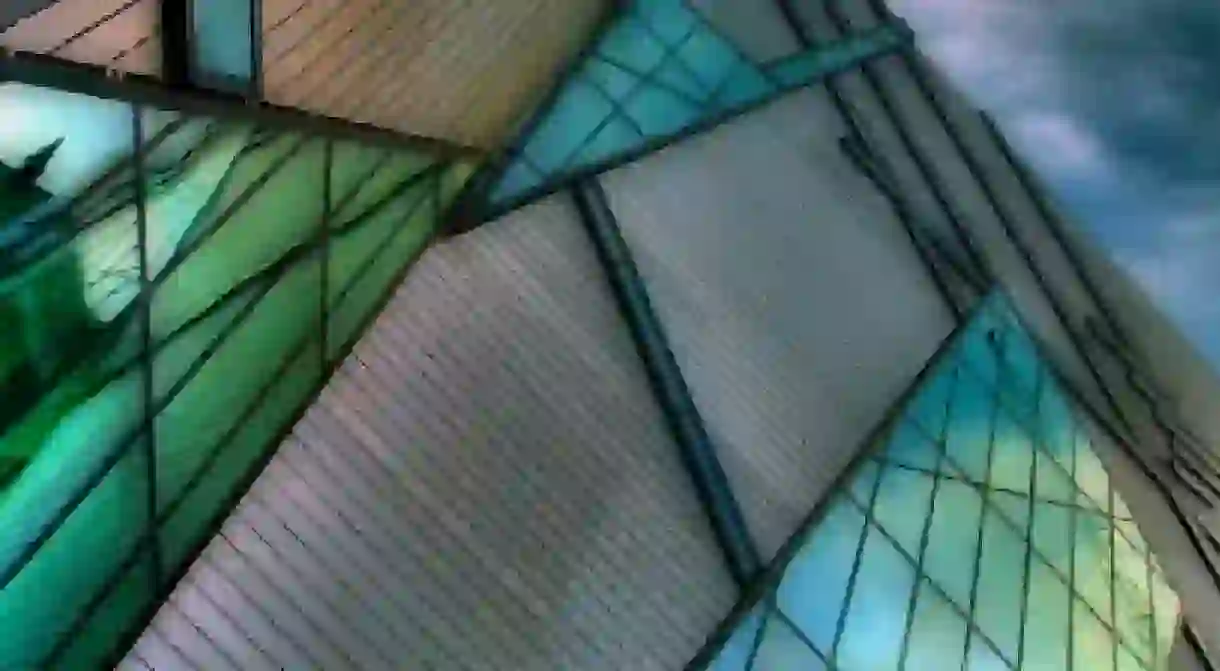The World's 12 Most Beautiful Museums

From converted train stations to medieval ruins, museums across the world are just as inspiring as the exhibits they contain. We bring you the most striking cultural destinations from across the globe.
Musée d’Orsay, Paris
Building, Museum

The Natural History Museum, London
Building, Museum

Although many millions visit London’s Natural History Museum every year, many miss the purpose-built beauty of the building itself. Fitting the natural history subject matter, the walls, pillars and ceilings of the building are teeming with paintings and carvings of animals, flora and fauna that make every room a delight. From the tiny details of the stone monkeys climbing up the pillars around the main museum block to more recent additions like the atmospheric Earth Room, this building deserves just as much scrutiny as the exhibitions contained within it.
Guggenheim Museum, New York
Art Gallery, Building, Museum, School

Guggenheim Bilbao, Bilbao
Building, Museum

The Hanoi Museum, Hanoi
Building, Museum
The Royal Ontario Museum, Toronto
Building, Museum, Park

Monet's House and Gardens, Giverny
Bridge, Museum, Park

Moscow State Historical Museum, Moscow
Building, Museum, Store

Hedmark Museum, Hamar
Cathedral, Museum, Ruins

The Louvre, Paris
Museum, Building

Officially the world’s most visited museum, the evolving architecture of the Louvre offers masterpieces to compete with the ‘Mona Lisa’ or the ‘Venus de Milo’ contained within. The building offers everything from the museum’s original medieval fortress foundations (visible in the crypt) to its famous glass pyramid built in 1989 and inverted pyramid finished in 1993. Across its 60,000 square meters we find some of the most beautiful architecture in France, a building that was expanded throughout the centuries.
The Museum of Islamic Art, Doha
Museum

The Dali Museum, St. Petersburg, FL
Museum, Building














